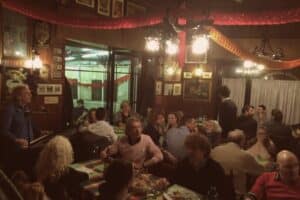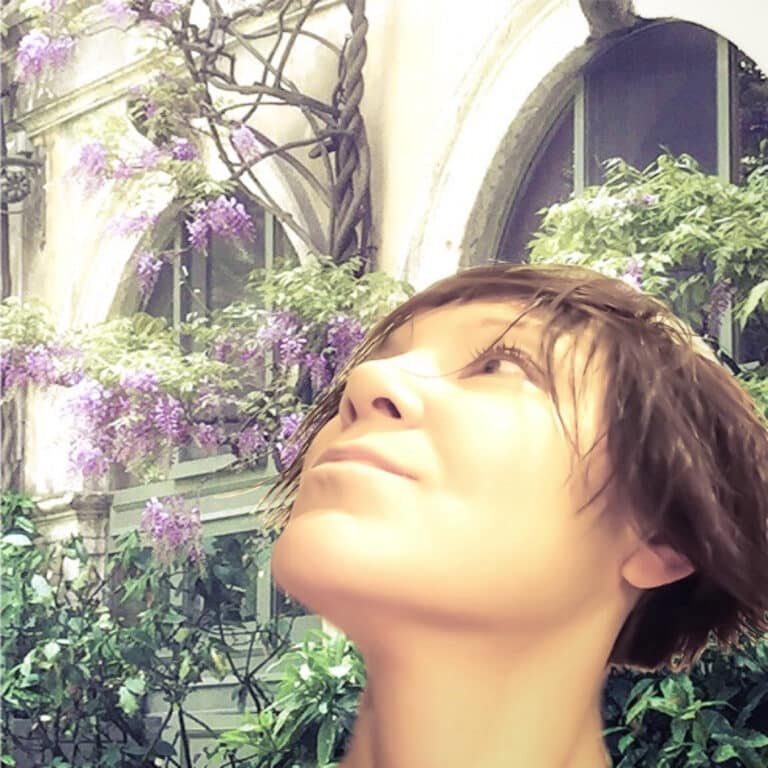Osteria Tajoli Milan
900 Italian throwback

Matteo from Milan
Now this is what any Italian wouldn't hesitate to call a real "osteria". Osterias were born as places serving simple wine and cheap food, in the Middle Ages. The proximity of the food resources allowed them to keep the prices low and at the same time let them provide customers and passersby with good local specialties. Now it is well known that it's hard to eat badly at someone's home in Italy; "Osterie" (pl. for Osteria) abide by the same rule.
Nowadays Osterie and Trattorie (which are more formal than Osterie but not as formal as restaurants) are becoming fewer by the day, and authenticity is becoming rarer at an even faster pace, but Tajoli still does the trick. People and food are true to themselves, no formalities or fake aromas will impede you from seeing right through them. Wine here flows among the wooden tables, brought to you by the informal savvy waiters and so does the owner when he's not busy singing. On Saturday evening always expect a piano-bar situation, and if you are into red-cheeks, shiny-eyes and singing, well this might be a good chance to go for it.
Green chilies and sausages cooked with grappa (grape-based pomace brandy) Flambe (alcohol is added to a hot pan in a burst of flames) will usually get you eating; if I may, I'd advise you to end it with some Chilean grape dipped in grappa; all that's in between will get you full and happy.
Reservation is warmly advised.
Milan Spotter Matteo
About this spot
Via Brembo 11
- Mon - Sat 12:00 - 15:00 & 19:00 - 00:00
Dinner:
€
25
+39
02534623
Our Milan City Guide
Find your way with 195 Insider Tips from our Local Spotters
Loved it? Join us!
Loved this Spot?Join your international community. Share your favs and become part of our international community!
Nice place right!? There’s so much more to discover:
Discover all other hidden gems in Milan


Frizzi & Lazzi
Your favorite beer garden ever
"Frizzi & Lazzi" is one of my old-time favorite beer gardens in Milan. It's an unassuming, easy-going place that has become a point of reference since '82.
by
Susanna
Baggio


Ofelé
My go-to place for Sunday brunch
"Ofelé" in Milan is a bistrot bakery that makes some of the best (Sunday) brunches around. It's simply one of my favorite pancake spots in town...
by
Carmen
Condeescu
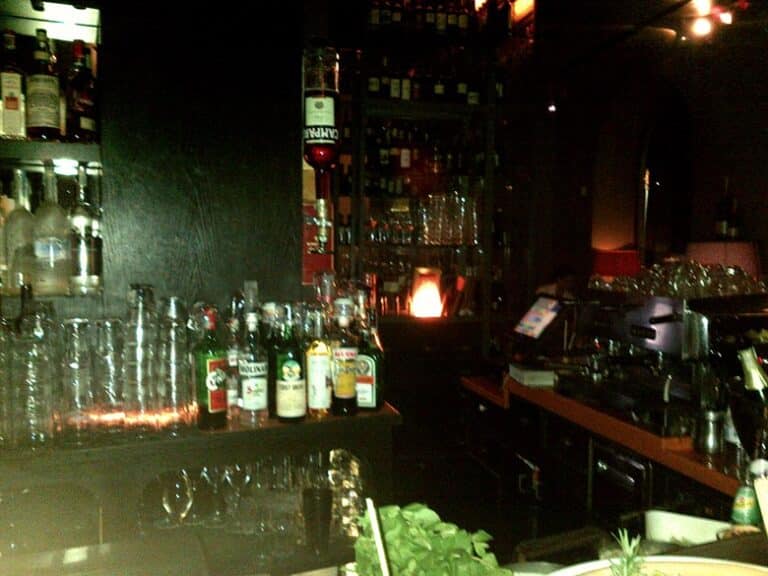

Living Liqueurs & Delights
Fashion and aperitivo
"Living Liqueurs & Delights": one of my favorite aperitivo spots in Milan and its first real vodka bar. It has a beautiful bar ambiance & a nice lounge...
by
Ivan
Kalinov
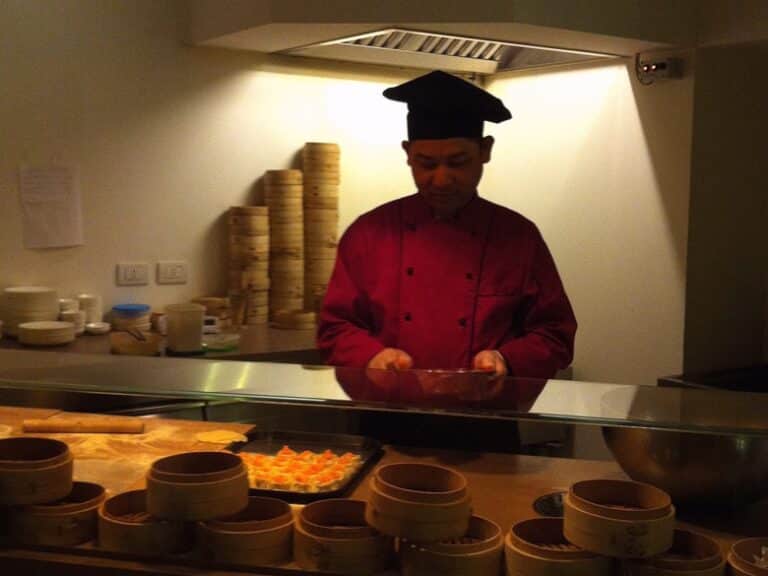

DOU
Dim Sum paradise
"DOU" was the first (Asian) restauarant I bumped into in Milan, and it remains one of my favorites in the city. What I like is the selection of cuisines...
by
Ivan
Kalinov
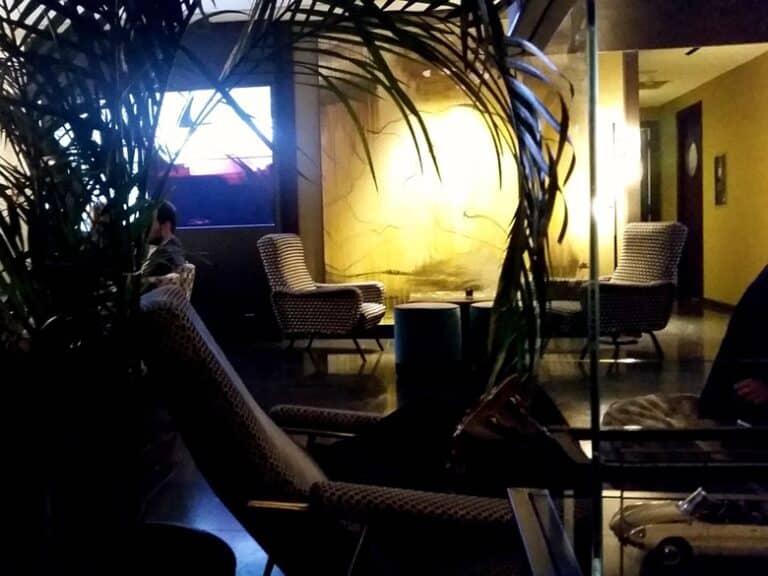

Terrazza 12 Bar
Back to the '50s
"Terrazza 12 Bar" is reminiscent of Tokyo, in that sometimes you have to look up to find the gems. So in Milan - it's on the top floor of Bryan & Barry...
by
Ivan
Kalinov
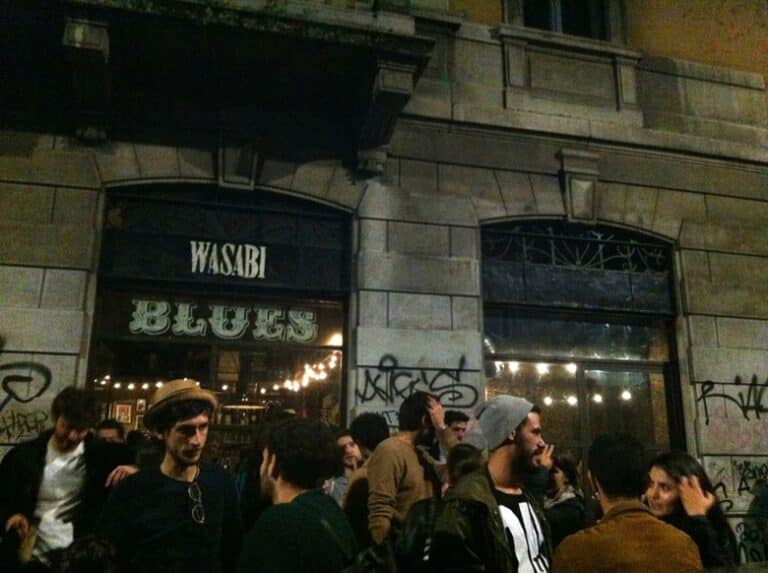

Wasabi Bar
Williamsburg in Milan
"Wasabi Bar" is one of the greatest bars in Milan. Why? Because it's great! It's actually tiny, but don't be misled: the drink selection & design are...
by
Ivan
Kalinov
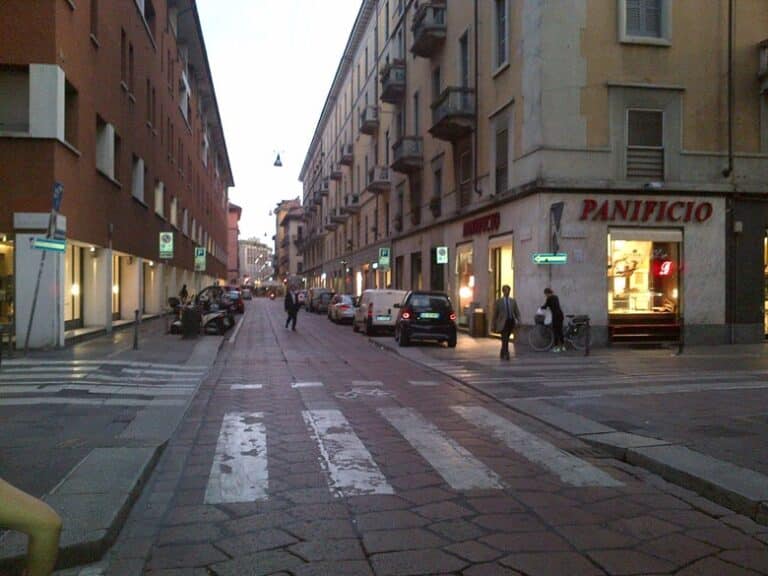

Via Solferino
Independent shopping
"Via Solferino" is a central Milan street, yet far away from the crowds. I go there to just look around the shop and I'm sure I can always find I...
by
Ivan
Kalinov
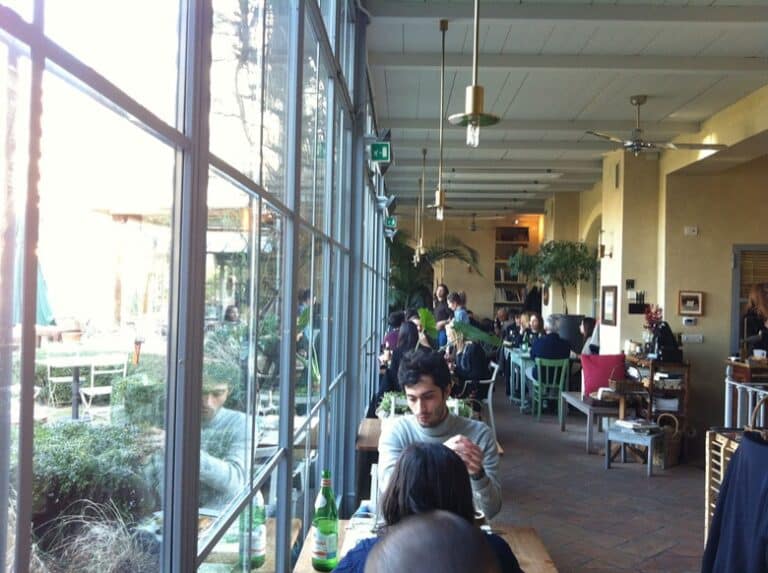

Al Fresco
A meeting place with food and dining
"Al Fresco" is my Milan cafe/restaurant I'd never visited because it was just next door to my place! Let me tell you, that was a mistake, if only for...
by
Ivan
Kalinov


Scalo Farini
Great aperitivo
"Scalo Farini" in Milan is a bar recommended to me by an Isola local as the best aperitivo in town. I can say that I haven't tried any better than this.
by
Ivan
Kalinov
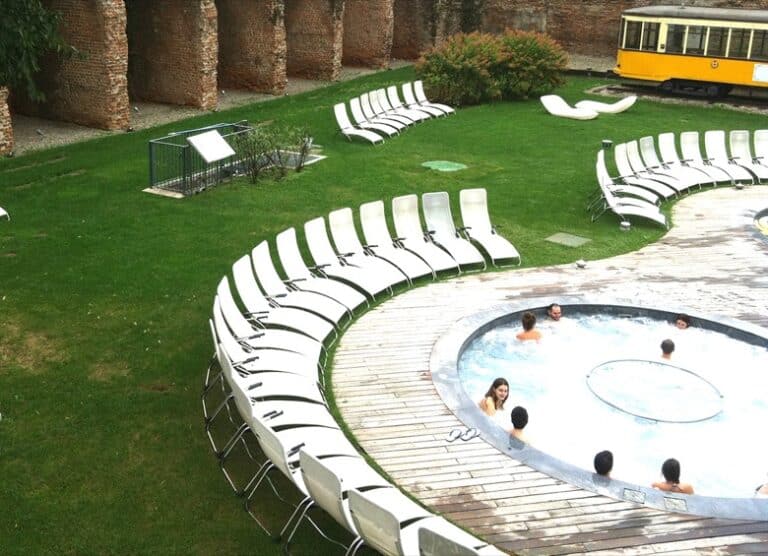

QC Terme Milano
Total relax in the city
"QC Terme Milano" is the place for you if you're just a bit tired. Honestly, I wouldn't have expected to find a spa like this in the city...
by
Ivan
Kalinov
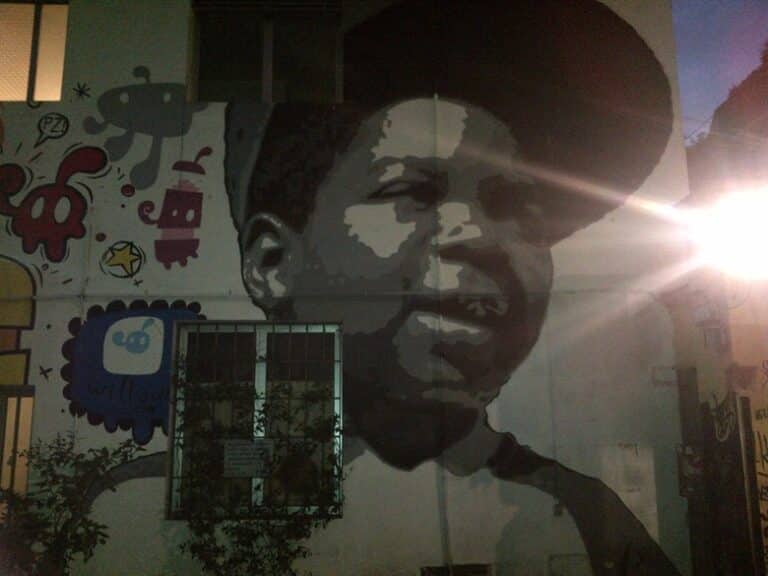

Frida
Chilling in alternative & hip Isola
"Frida" Milan is one of the places that for me defines the spirit of Isola. It's a great bar with affordable drinks, a great terrace and cool people...
by
Ivan
Kalinov
Heading to Milan?
195 Insider Tips from our local Spotters
Authentic Stories by Real People
Escape the Crowd & Travel Slow 🐌
... for just €9.99



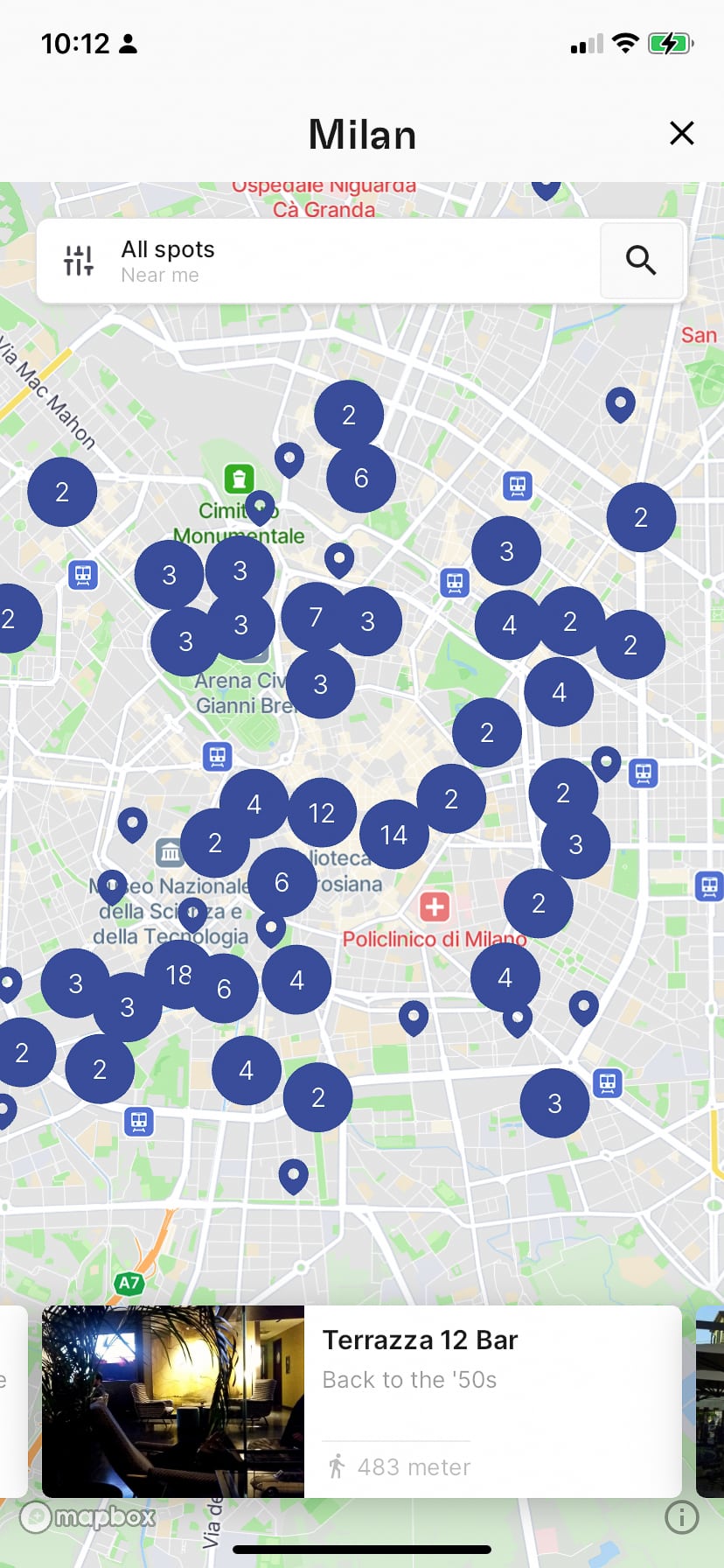


Heading to Milan?
✓ 0 Insider Tips from our local Spotters
✓ 195 Insider Tips
✓ Escape the Crowds
✓ Find Spots nearby
✓ Authentic Stories
... for just €9.99
City guides by those who know the city in and out!
Our Locals' Favorite Milan
Our team loves Milan
Get to know our other Spotters from Milan
As featured on:




